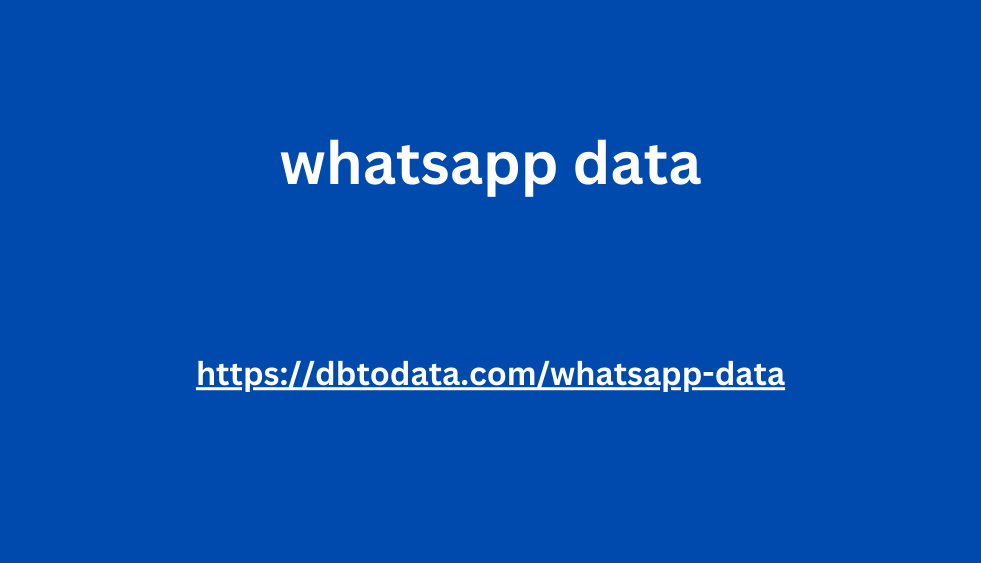What does your customer really want? A question that many marketers and companies think they can answer easily. But aren’t we looking too much at the hard conversion with our “glasses”, causing us to forget the entire customer journey? This could very well be the case! Because who offers what the customer really needs at the right time? A difficult question, but fortunately there is the See, Think, Do, Care model from Google that offers us help!
Marketers often have to deal with all kinds of different customers
who all have different needs. How do you offer the right information at the right time? This may seem like an impossible task, but after reading this blog, it won’t be anymore. Get started!
The model is constructed as a funnel, in which the see and think phases provide the ‘do’ – the conversion. In the first two phases, we must take steps to achieve the conversion in the do phase. After all, someone must first have become acquainted with your company/service or product in order to be able to buy it at all. In an increasingly competitive online market, the added value of a ‘top-funnel’ strategy is also becoming increasingly clear. Brands with a loyal customer base remain afloat – even if the market slumps somewhat. The smart whatsapp data use of the see, think and do phases can therefore significantly increase your turnover.
The origin of the See Think Do Care model
The See, Think, Do, Care model was developed by Avinash Kaushik , who works at Google as a so-called “Digital Marketing Evangelist”. Kaushik designed this model for several reasons, but one of the most important reasons was that this model focuses on the customer experience, instead of being product-oriented, like AIDA is. The See, Think, Do, Care model therefore revolves around the intention of the target group. By working from that vision, you do not write content because your product/service is so good, but because it answers the question for help of the potential customer.
Kaushik further indicates សារៈសំខាន់នៃការប្រើប្រាស់ត្រឹមត្រូវនៃបញ្ញាសិប្បនិម្មិតក្នុងយុទ្ធសាស្រ្តទីផ្សារ that (too) many organizations focus purely on the do-phase, or the actual purchase moment, and therefore link (almost) all KPIs, such as transactions and turnover, to this. This is striking, considering the fact that the customer journey is much larger than just the purchase moment. In fact, several studies show that people need about 5 to 8 contact aol email list moments to take action. Focusing only on that one moment is therefore certainly not always the best idea! It is also good to look at your specific sector or product/service. For example, are you running an HR campaign? Then the number of contact moments is probably even higher. The involvement with such a goal is higher, after all, it is quite a step to change jobs. Logically, someone therefore also needs multiple contact moments to finally take the step.




